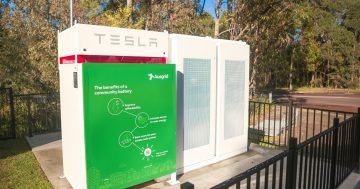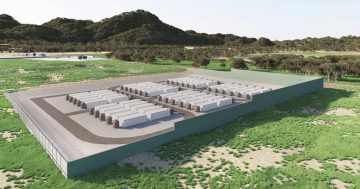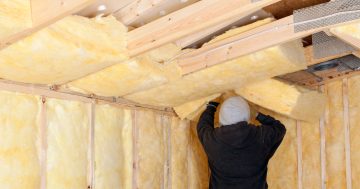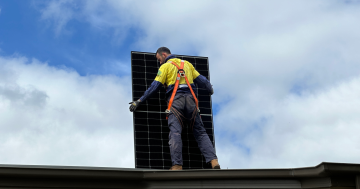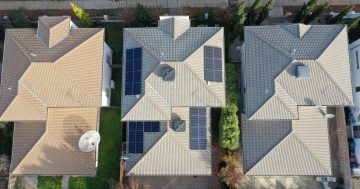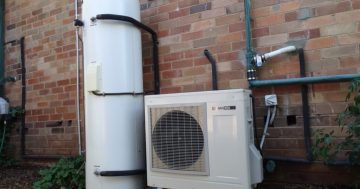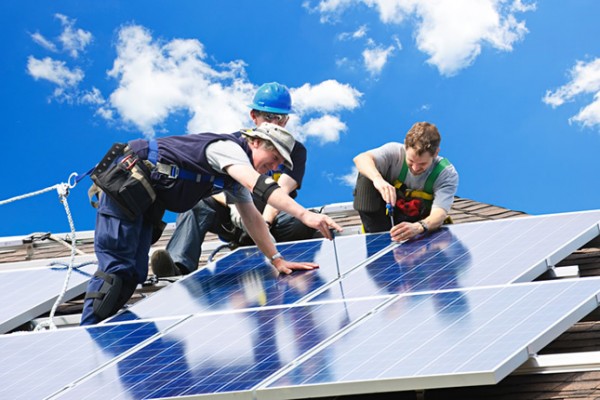
Roof top solar is already popular in Canberra and many households will look to complement their systems with battery storage. Photo: File.
Canberra homeowners will be able to obtain interest-free loans to boost the energy efficiency of their properties under a re-elected Labor Government.
In its first major election announcement, ACT Labor has committed to a $150 million program offering interest-free loans for rooftop solar panels, household battery storage and hot water heat pumps.
Chief Minister Andrew Barr said the commitment would not only save households thousands of dollars and make them more sustainable, but also create and protect hundreds of jobs in the renewable energy sector.
He said the commitment was one of the most significant investments in clean energy in the ACT’s history.
“We believe Canberrans should have the opportunity to benefit from cheaper household energy bills and make their households more sustainable,” Mr Barr said.
Canberrans will be able to apply for interest-free loans of between $2,000 and $15,000 to help with the upfront costs of installing these energy-saving measures, and they will likely be available from the first quarter of 2021.
Mr Barr said that an average ACT household could expect to save more than $10,000 over 10 years when installing solar panels, battery storage and a heat pump.
“Our plan will mean more households can make the right investments in their home without having to cover the upfront costs,” he said.
”Our interest-free loans will create and protect hundreds of local jobs over the next decade, at a time when our city needs it most.
”We’ve created and protected Canberra jobs through good times and bad. Now more than ever, we need a government that Canberrans can trust to protect local jobs and support our economy.”
Mr Barr said the government’s clean energy investments were already powering the ACT with 100 per cent renewable electricity and delivering lower power bills.
ACT households and businesses continued to have among the lowest cost and most reliable electricity supplies in the country, he said.
According to the Environment, Planning and Sustainable Development Directorate, more than 20,000 ACT homes and businesses have solar panels.
Many households will also want to support their solar systems with battery storage.
The ACT has adopted an aggressive approach to reducing greenhouse emissions and in 2018 committed to reaching zero net greenhouse gas emissions by 2045, instead of 2050.
This year it reached its target of 100 per cent of electricity sourced from renewable energy generation.
The government has already been subsidising the uptake of batteries by households and businesses with its $25 million Next Generation Energy Storage Program.
It is also encouraging households to switch from gas heating to other forms of climate control, such as electric-powered heat pumps and air conditioners.
But there is also a growing energy efficiency divide, with many renters missing out on the benefits unless landlords upgrade their properties.
The ACT goes to the polls on 17 October.












